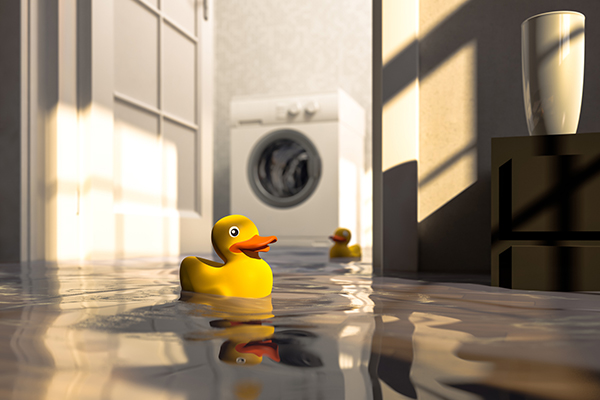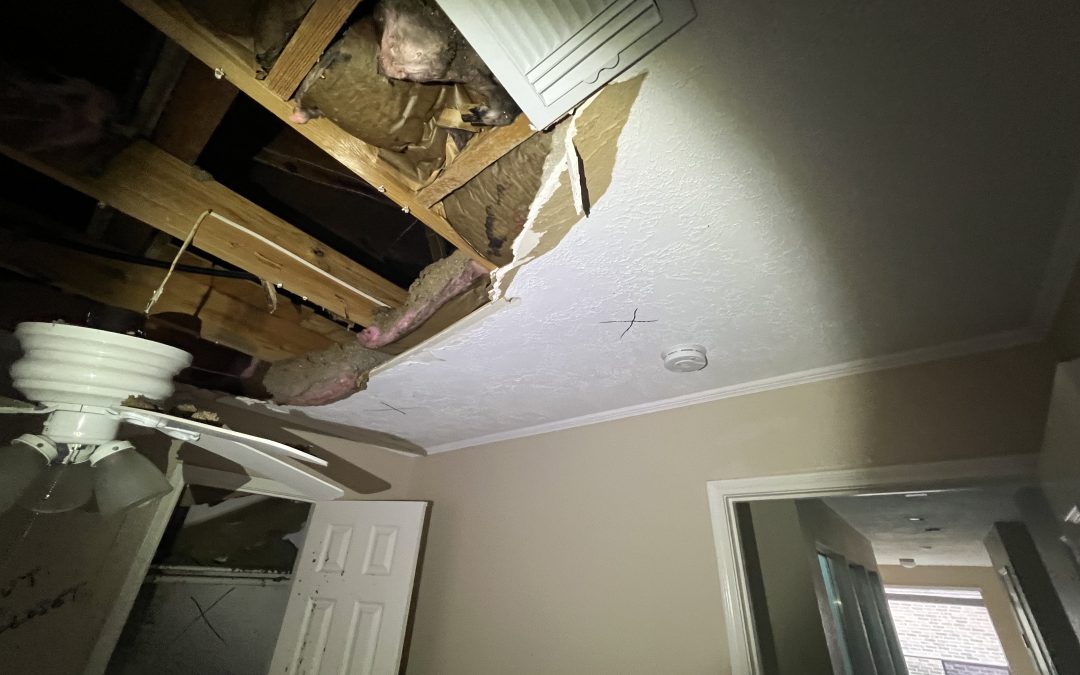
The Colorado River flooded through the Hill Country in mid-October; Central Texas is called “flash flood alley” for a reason. High rain, steep terrain, and shallow soils create the ideal equation for quickly-forming, fast-moving floods. Typical of the of the Brazos and the Trinity Rivers, storms can park over the terrain for hours as they dump months worth of rain in an hour. And closer to home, the San Jacinto River has flooded Lake Conroe many times, most recently during Hurricane Harvey.
If this part of the county is ripe for floods, what can you do to lessen the impact to your home and your life if you suffer flood or other water damage?
Document The Details
No matter how horrible the mess of belongings became, your insurance company will need proof of what you owned and its value. Take your time and complete an accurate inventory; underestimating what they will compensate you might be less than you’re entitled to.
Start in the easiest places; do a walk-through of the home with your phone camera. Also, look through existing images on your phone (or computer if you can get to it) plus any physical photos to scan the background for items of value you might have forgotten. And as a last resort, ask friends and family to look through their photos, as well.
Before you make any repairs, fully document the damage for your insurer. Digital versions can be stored electronically and easily copied. Don’t make repairs and changes before you photograph the damage–you could potentially decrease the extent of your coverage.
Mitigate Mold Damage
Mold can develop within 24 to 48 hours of a flood so remove wet contents, including carpeting, bedding, and clothes, as soon as possible. In concentrated amounts, molds can present a serious health risk and should be professionally remediated.
If an item has been wet for less than 48 hours, it may be salvageable. However, decide whether it holds enough monetary or sentimental value to try to do so. Hire a flood restoration service. Professionals can quickly assess the situation then focus time and energy on the things that can be saved.
Organize The Mess That Is Left
After the experts weigh in, get the trash out of there. If it can’t be saved, organize its disposal. Find out about your community’s disaster debris guidelines. Monitor the local media or check with your area’s Department of Health, Sanitation or Waste Management. While you are waiting for pick up, all large appliances should be taped shut, locked or have doors removed to prevent a child or an animal from getting trapped.
Hazardous waste should be separated from other waste. Make sure that all lead, asbestos or mold is wrapped, labeled and disposed of in accordance with local, state and federal requirements. Construction waste, furniture, large appliances, and electronics may also have specialized disposal rules after an area flood.
Find Out If You’re In A Disaster Area
Once a region has been officially declared a “disaster area” by government authorities, property owners have access to increased resources, including public services to protect and remediate the area. In addition, you may have access to financial assistance. Your insurance company will have additional information on this or check the FEMA website directly.
Hire Qualified Restoration Experts
Total Restoration provides 24-hour emergency services to help commercial and residential property in Southeast Texas. Whether your loss was from weather or mechanical failure, the team is trained and certified to help. After evaluating the source of the water and the level of contamination present in the water, they will determine the steps necessary to clean, dry, and restore your property after a water loss. By working closely with you and your insurance company, claims can be settled quickly so that repairs can begin.
![9 Signs You Need a Roof Replacement [Infographic]](https://totalrestoration.com/site/wp-content/uploads/2024/07/shutterstock_2254533275.jpg)
9 Signs You Need a Roof Replacement [Infographic]
At Total Restoration, we know the roof is one of the most critical components of your home. It...


![What To Do If You Have Storm Damage [Infographic]](https://totalrestoration.com/site/wp-content/uploads/2024/06/Photo-Jun-22-2023-6-54-23-AM-1080x675.jpg)